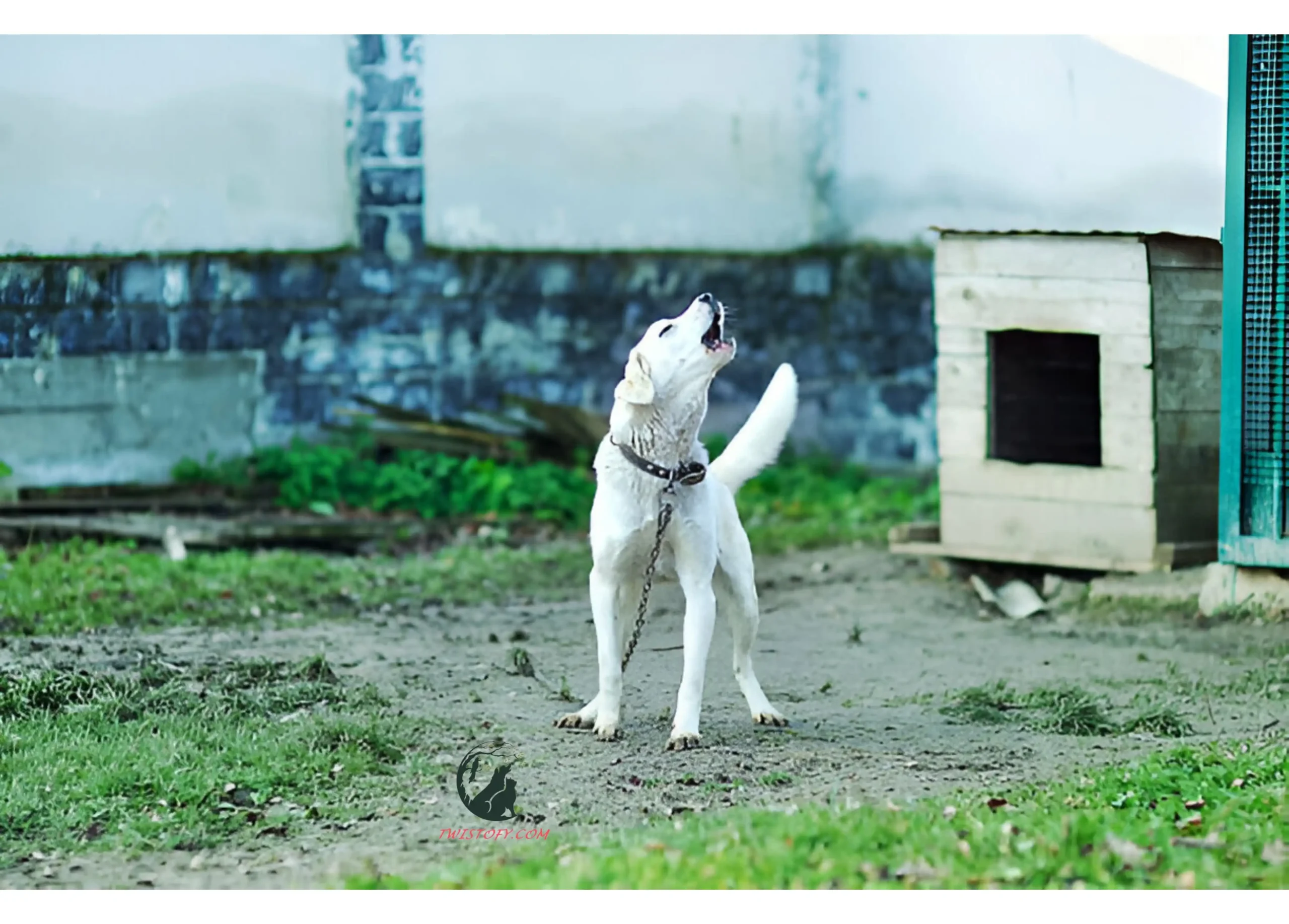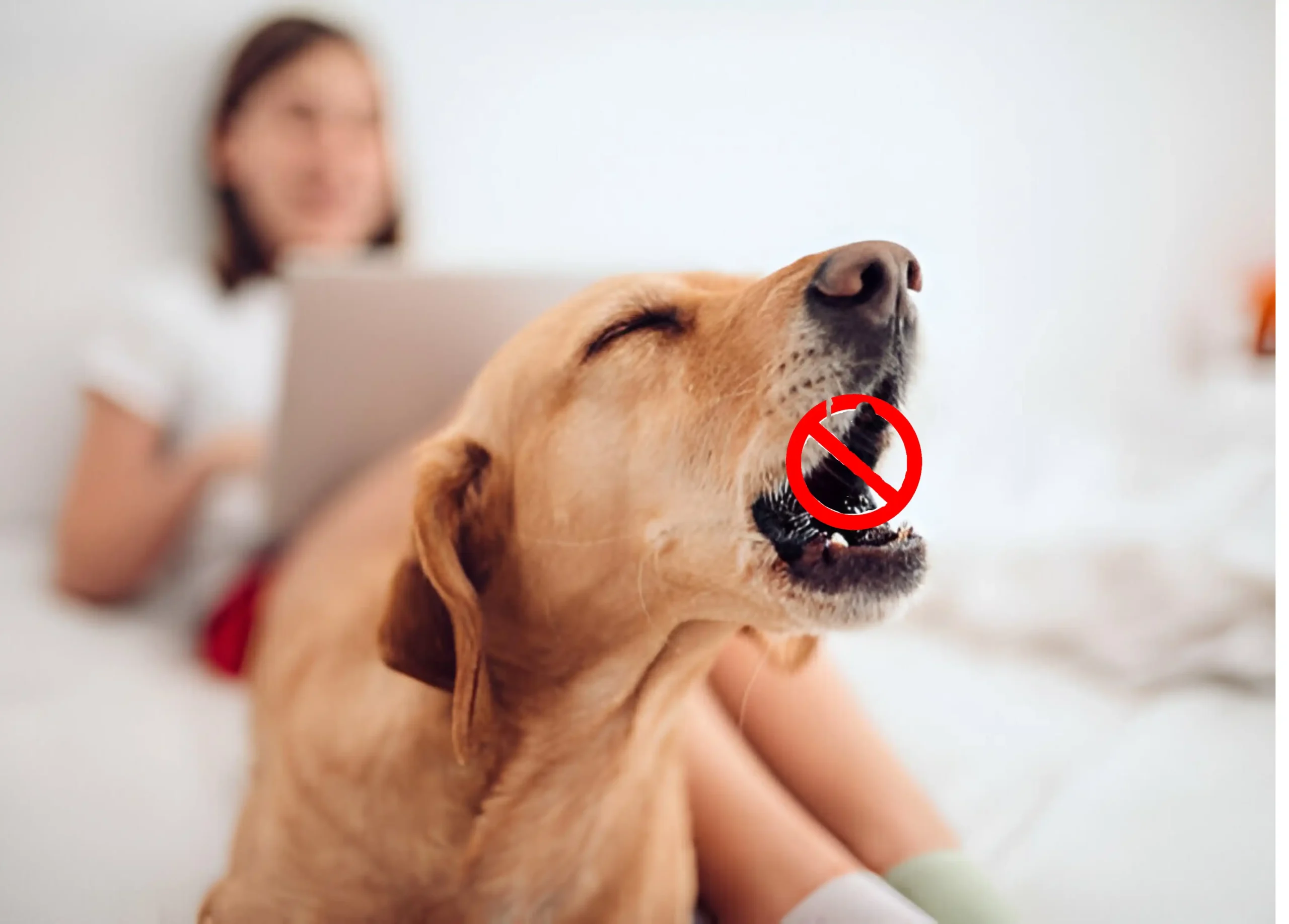Dogs are our loyal companions, but sometimes their barking can be a bit much. Whether you’re dealing with a new puppy or an older dog, finding a solution to excessive barking can improve your quality of life—and your relationship with your pet. In this article, we will explore everything you need to know about dog barking stoppers, from why dogs bark to the most effective methods for reducing unwanted noise. Let’s dive in!
Understanding Why Dogs Bark

Dog Barking Stopper Dog Barking Stopper
To effectively stop your dog’s barking, it’s important to understand why they do it in the first place. Here are some common reasons:
- Communication: Dogs use barking to express themselves, whether they’re excited, scared, or trying to alert you to something. For instance, a dog might bark when they hear a strange noise or see an unfamiliar person approaching your home.
- Attention-Seeking: Sometimes, barking is a way to get your attention. If a dog learns that barking results in getting what they want—be it food, playtime, or even a reprimand—they might continue to bark to achieve their goals.
- Boredom: A dog left alone for long periods might bark out of boredom or loneliness. Without sufficient mental and physical stimulation, dogs can become restless and vocal.
- Environmental Triggers: Noises from outside, other animals, or strangers can trigger barking. This type of barking is often instinctual, as dogs have a natural inclination to alert their pack to potential threats.
Choosing the Right Dog Barking Stopper
There are various methods and tools available to help curb excessive barking.
- Training and Behavior Modification
-
- Consistency: Use consistent commands and rewards to train your dog. For instance, teaching your dog a command like “quiet” and rewarding them when they obey can help establish good behavior.
- Positive Reinforcement: Reward your dog for quiet behavior. Treats, praise, and affection can reinforce the idea that being quiet leads to positive outcomes.
- Distraction Techniques: Engage your dog with toys or activities to divert their attention from barking triggers. Puzzle toys, long walks, and interactive games can keep your dog occupied and less likely to bark.
Anti-Bark Collars
- Static Correction Collars: These collars emit a gentle electrical pulse when your dog barks. It’s crucial to use these devices with care and under professional supervision to avoid causing your pet any distress.
- Spray Collars: These devices release a spray of citronella or another unpleasant scent when your dog barks. The smell of citronella is often disliked by dogs, making this an effective and harmless deterrent.
- Ultrasonic Collars: These collars produce a high-frequency sound that is audible only to dogs. While some dogs respond well to ultrasonic collars, others might not be as affected by these sounds.
- Environmental Management
-
- Soundproofing: Reduce external noise that may trigger barking. Soundproofing can include adding insulation to walls, using white noise machines, or placing your dog in a quieter room.
- Visual Barriers: Block views of the outside world to prevent visual stimuli. Curtains, blinds, or privacy fencing can help limit what your dog sees and reduce barking triggers.
- Professional Help
-
- Dog Trainers: Certified trainers can help address behavioral issues. A trainer can provide personalized strategies and techniques to manage your dog’s barking.
- Veterinarians: Rule out medical issues that might be causing anxiety or discomfort. Sometimes, excessive barking can be a sign of an underlying health issue that needs attention.
How to Implement a Dog Barking Stopper Strategy
Implementing an effective strategy involves several steps.
Identify the Cause
-
- Observe when and why your dog barks.
- Keep a diary to track barking patterns and triggers. Note the time of day, duration, and possible causes of the barking to identify any patterns.
- Choose the Right Tool
-
- Select a dog barking stopper that matches your dog’s needs and temperament. Not all tools are suitable for every dog, so consider your dog’s personality and specific issues.
- Consult with a vet or professional trainer if necessary. They can provide expert advice on the best methods and tools for your situation.
- Consistent Training
-
- Use consistent commands like “quiet” or “stop.” Consistency is key to helping your dog understand what is expected of them.
- Reward your dog immediately when they stop barking. Timely rewards help reinforce the desired behavior.
- Modify the Environment
-
- Remove or reduce triggers whenever possible. If your dog barks at people passing by the window, try moving their bed to a different location.
- Create a comfortable, stress-free space for your dog. A cozy bed, soothing music, and calming pheromones can help reduce anxiety and barking.
- Monitor and Adjust
-
- Regularly review your dog’s progress. Keep track of any changes in behavior and adjust your strategy as needed.
- Make adjustments to your strategy as needed. Be flexible and willing to try different approaches if one method isn’t working.
Common Myths About Dog Barking Stoppers

There are many misconceptions about dog barking stoppers. Let’s debunk some of these myths:
- Myth 1: Barking Stoppers Are Cruel
-
- Truth: When used correctly, most barking stoppers are safe and humane. It’s important to choose a method that is appropriate for your dog and to use it responsibly.
- Myth 2: They Work Instantly
-
- Truth: It takes time and consistency for these methods to be effective. Training and behavior modification require patience and persistence.
- Myth 3: All Dogs Respond the Same Way
-
- Truth: Different dogs respond differently; what works for one might not work for another. Tailoring your approach to your dog’s specific needs is crucial for success.
Effective Training Tips for Using a Dog Barking Stopper
- Start Early: Begin training as soon as you notice excessive barking. Early intervention can prevent bad habits from becoming ingrained.
- Be Patient: Training takes time and persistence. Don’t expect immediate results, and be prepared to invest the necessary time and effort.
- Stay Calm: Your dog will pick up on your energy; stay calm and assertive. If you’re frustrated or angry, your dog may become anxious or confused.
- Use Positive Reinforcement: Always reward good behavior to encourage it. Positive reinforcement is more effective than punishment and helps build a strong bond with your dog.
Real-Life Success Stories
Hearing from other dog owners who have successfully used dog barking stoppers can be encouraging. Here are a few testimonials:
- Jane from Texas: “Our dog used to bark at every little noise. We tried an ultrasonic collar, and within a few weeks, he was much quieter. It’s been a game-changer for us!”
- Mike from California: “We hired a professional trainer to help with our dog’s anxiety-related barking. The change has been incredible. He’s so much calmer now.”
- Sarah from New York: “Using a combination of training and a spray collar, we managed to curb our dog’s excessive barking. It took some time, but the results were worth it.”
Frequently Asked Questions About Dog Barking Stoppers
- Are bark collars safe for all dogs?
-
- Generally, yes, but it’s important to choose the right type and use it correctly. Some dogs may have sensitivities or medical conditions that make certain collars unsuitable.
- How long does it take for a dog barking stopper to work?
-
- It varies; some dogs respond within days, while others may take weeks.
- Can I use multiple methods at once?
-
- Yes, combining training with environmental management can be very effective. Using a holistic approach often yields the best results.
- What if my dog doesn’t respond to one method?
-
- Try a different approach or consult a professional for guidance. Every dog is unique, and sometimes it takes a bit of experimentation to find the right solution.
Conclusion: Finding the Right Dog Barking Stopper for Your Pet

Dog Barking Stopper Dog Barking Stopper Dog Barking Stopper
Stopping excessive barking isn’t just about peace and quiet; it’s also about understanding and addressing your dog’s needs. By identifying the cause, choosing the right tools, and using consistent training, you can help your dog become calmer and happier.
Remember, every dog is unique, so it might take some time to find the perfect solution. Be patient, stay positive, and don’t hesitate to seek professional help if needed. Your journey to a quieter home and a more content pet is just a few steps away. With the right dog barking stopper strategy in place, both you and your dog can enjoy a more peaceful and enjoyable life together.






